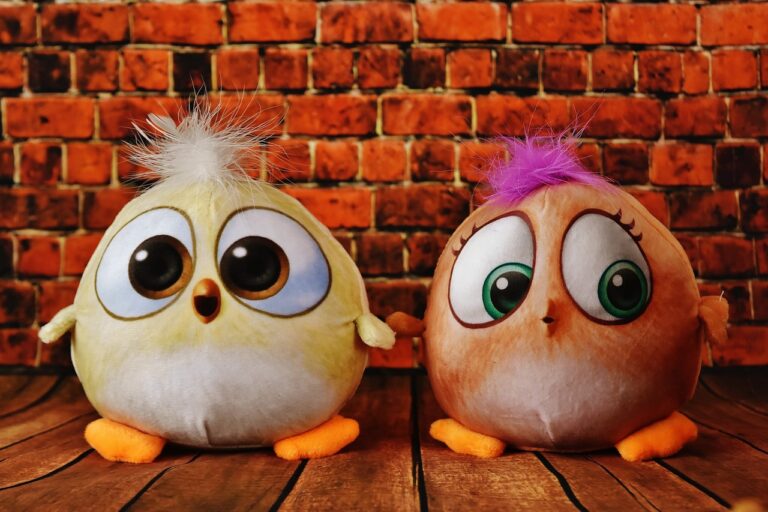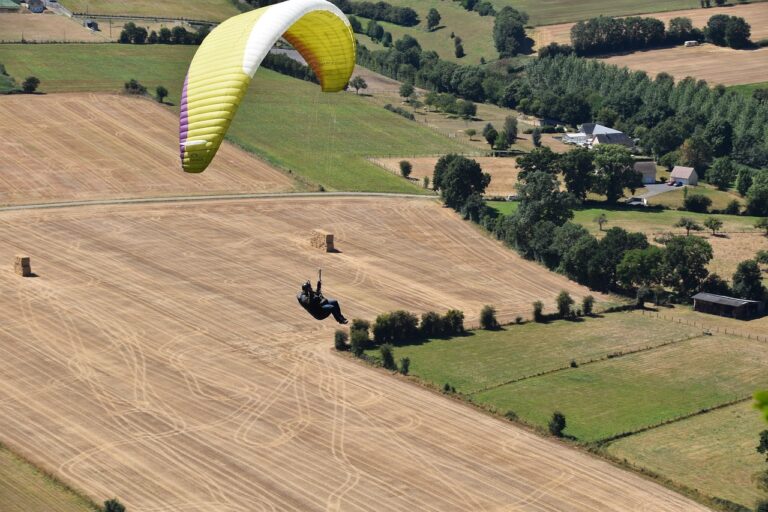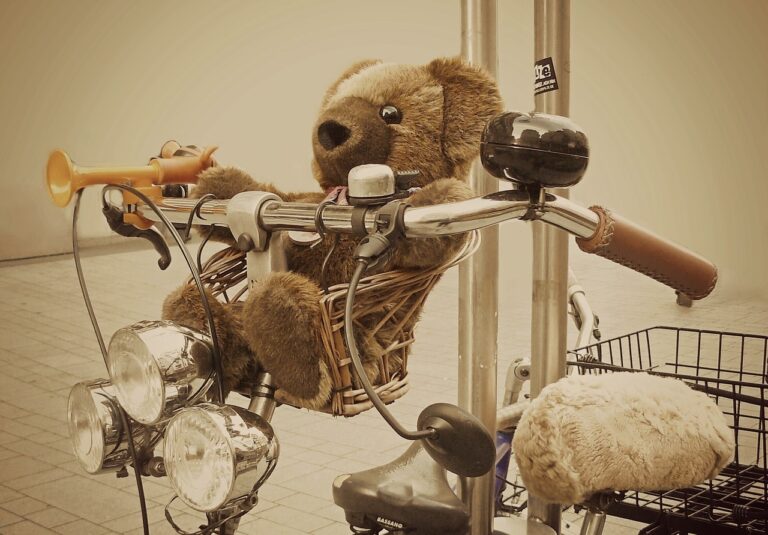The Art of Costume Design Illustration: From Concept to Reality: Allpanel mahadev, Lotus 365.fun login, All panel login
allpanel mahadev, lotus 365.fun login, all panel login: The art of costume design illustration is a crucial aspect of bringing characters to life in film, theater, and television. From conceptualizing a character’s look to bringing it to reality through fabric, color, and texture, costume designers play a significant role in storytelling. In this article, we will delve into the process of costume design illustration from concept to reality.
Understanding the Character
Before diving into sketching the costume design, it is essential to understand the character’s background, personality, and role in the story. This information will inform the design choices and help create a visual representation that aligns with the character’s traits.
Research and Inspiration
Once the character is understood, research and inspiration become crucial. Costume designers often draw inspiration from various sources such as historical eras, cultural references, and contemporary fashion trends. This research phase lays the foundation for the design process and helps in creating a unique and authentic look for the character.
Sketching and Conceptualizing
The next step in the process is sketching and conceptualizing the costume design. Costume designers use their artistic skills to translate ideas onto paper, exploring different silhouettes, fabrics, and details. These sketches serve as a visual roadmap for the design process and allow for feedback and revisions before moving forward.
Collaboration and Feedback
Costume design is a collaborative process that involves communication with directors, producers, and other members of the creative team. Feedback is essential to ensure that the costume design aligns with the overall vision of the production. Collaboration also allows for the integration of practical considerations such as mobility, comfort, and budget constraints.
Material Selection and Fabric Swatches
Once the costume design is finalized, the next step is selecting materials and fabric swatches. Costume designers pay close attention to the texture, color, and drape of fabrics to enhance the character’s persona. Fabric swatches give a tactile sense of how the costume will look and feel, helping to bring the design to life.
Construction and Fittings
After materials are selected, the costume design moves into the construction phase. Skilled costume makers bring the design to reality through cutting, stitching, and tailoring. Fittings with actors are crucial to ensure that the costumes fit properly and allow for freedom of movement on set or stage.
Final Touches and Accessories
The final touches and accessories complete the costume design, adding depth and detail to the overall look. Accessories such as jewelry, hats, and shoes enhance the character’s personality and help create a cohesive visual aesthetic.
FAQs
Q: How long does the costume design process typically take?
A: The timeline for costume design can vary depending on the complexity of the project. It can range from a few weeks to several months, starting from initial sketches to final fittings.
Q: What skills are required to become a costume designer?
A: Costume designers need a combination of artistic talent, creativity, and knowledge of fashion history and construction techniques. Strong communication and collaboration skills are also important for working effectively with the creative team.
Q: What is the importance of costume design in storytelling?
A: Costume design plays a crucial role in storytelling by helping to define character identities, setting the mood and tone of a scene, and enhancing the overall visual appeal of a production.
In conclusion, the art of costume design illustration bridges the gap between concept and reality, creating memorable characters that resonate with audiences. By understanding the character, conducting research, sketching, collaborating, selecting materials, and adding final touches, costume designers bring stories to life in a visually compelling way.







